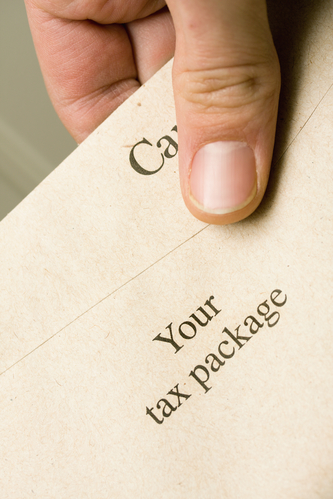 While the tax-filing deadline has already passed in the United States (it was yesterday, April 18th this year), Canadians still have roughly two weeks left to go before the May 1st tax-filing deadline for the calendar year 2016.
While the tax-filing deadline has already passed in the United States (it was yesterday, April 18th this year), Canadians still have roughly two weeks left to go before the May 1st tax-filing deadline for the calendar year 2016.
Today, a survey from H&R Block Canada found two in five Canadians still haven’t filed their taxes this year. I had to shake my head because the survey arrived in my inbox shortly after I received emails from the Canada Revenue Agency advising me that returns for my wife and I had been processed, with (small) refunds deposited into our bank account.
Actually, those expecting refunds don’t get hurt too much by procrastination, although the time value of money tells you the sooner you file and get your refund, the sooner it can be properly invested, or be applied to eliminate high-interest debt.
But I worry about the 40% who still haven’t filed, especially about the subset of that group who expects to have to pay the CRA. (30% of H&R Block clients have to pay, versus 70% who get refunds). It’s bad enough owing money and you don’t want to compound matters by having penalties and interest get tacked on on top of the outstanding balance.
Majority are between Procrastinators and Eager Beavers
H&R Block claims its survey has a bit of good news as it relates to attitudes towards filing: the majority consider themselves to fall under the In-Betweener category (55%), i.e. those who file a few weeks before the deadline. Almost a quarter (23%) are Procrastinators who file at the very last second. Category 3 are Eager Beavers (19%), who file well in advance of the deadline. (That would be me, although even Eager Beavers have to wait until the first week of April if they have non-registered investments: some of those T-3 slips don’t arrive until the end of March).
Eager is perhaps too strong a word. I hate filing taxes as much as anyone but I look at the annual ordeal as comparable to dentistry. If you have a toothache you want to address the pain head on, as soon as possible. And there’s nothing like the feeling of relief you get from hitting the Send button on a tax return, assuming you NetFile.
Most Canadians are anxious about tax filing, although H&R Block says one in four actually “get excited about filing and the prospect of receiving a hefty refund.” But the majority associate negative feelings with it: Reasons range from finding tax preparation a complicated process (21%) to the inconvenience factor (19%) of filing a tax return or just the feeling of overall anxiety it evokes (11%).
The major excuses for not filing:
• They haven’t organized all of the necessary paperwork yet (34%) – with millennials being the most susceptible at 45% to state that as the main reason for not having filed
• They always file on the last week before the deadline (18%)
• They had not yet received all of the necessary paperwork (17%) to file
• They haven’t had time (11%) to file
Even so, 86% plan on filing their taxes before the May 1st deadline. Between now and April 27th, you can download the H&R Block Tax Software 100% free of charge (including all upgrades and support). See here for details.





